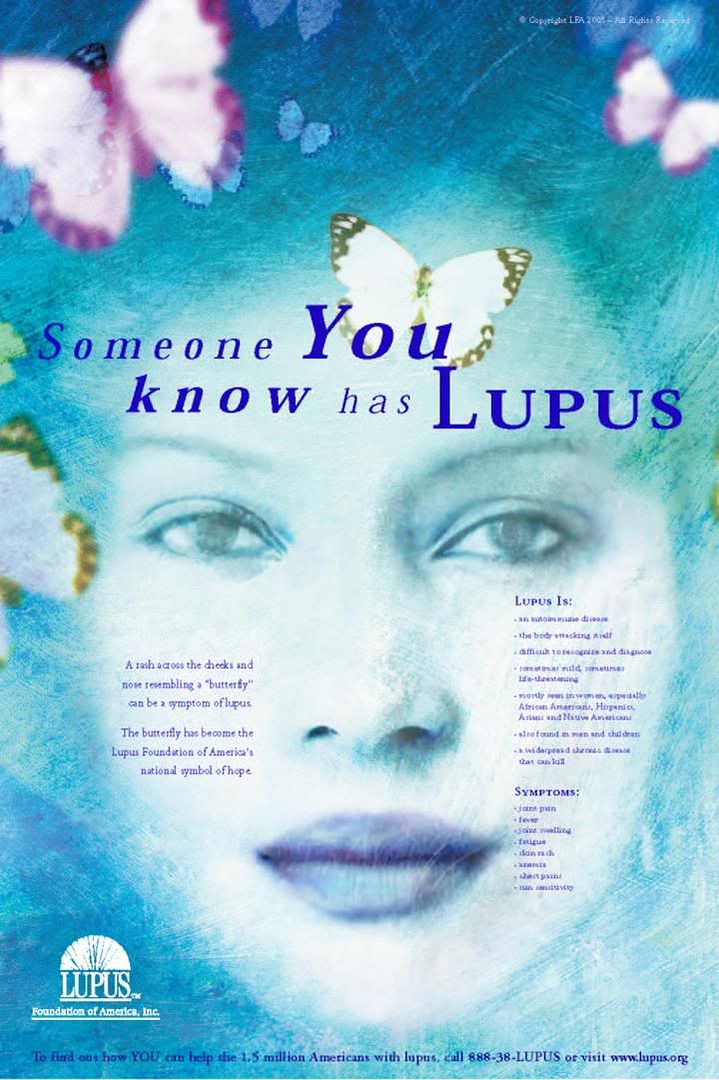Back to Healthy life
Saturday, October 22, 2005
Change your toothbrush at least once a month, or right after a cold, flu or other illness. Germs that can live on a damp toothbrush for days; when you're sick, a damp toothbrush may reinfect you. Use two toothbrushes alternately to give each one a chance to completely dry out. "Brushing your teeth is a traumatic injury," says Dr. Charles J. Palenik, a microbiologist
at the Indiana University School of Dentistry. "You are going into areas of your mouth where you can have bleeding, and you could be reintroducing organisms back into your system."
An "oatmeal" or "fruit" snack may seem healthy, but names don't always tell the real tale. Oatmeal cookies, for example, don't have enough oatmeal to be nutritionally significant, but the high fat totals should get your attention. Similarly, a fruit roll-up has very little real fruit. For kids' snacks, you can't go wrong with real whole fruit, whole-grain cereal (check
the ingredients) and low-fat dairy.
Daily walks relieve feelings of anxiety and depression, and increase feelings of enthusiasm and optimism. And that's not all. Daily walks also can help you boost your energy level, enhance your self-image, release tension, manage stress, and improve your ability to fall asleep quickly and sleep well.
Tantalize your taste buds and make dinner a sight for sore eyes. Contrast color and texture in your meals. Add something red, green, yellow, and orange on your plate. Experiment with flavor combinations and contrasting food temperatures. Add to the visual appeal of the meal with various shapes: sliced carrots, pepper strips, shredded cheese, brown rice, and diced
chicken.

 Blogged on 3:50 PM
Blogged on 3:50 PM
|
~~~
Break for Healthy Mood!
Thursday, October 20, 2005
Did you know magnesium is an essential mineral that activates more than 300
enzymes in your body? Some of these enzymes are responsible for releasing energy from food sources, preventing muscle cramping, promoting growth, and protecting against heart disease, stroke, kidney stones and hypertension. Include food sources such as green leafy vegetables, fortified breads, cereals, beans, nuts, oysters and scallops.
Dancing raises your pulse -- a key to a healthy heart. Running and biking will do the same. Regular physical activity has many other disease-fighting benefits. It reduces your risk of developing Type 2 diabetes, lowers your risk of developing cancer, and helps you prevent bone loss (osteoporosis), and maintain mobility and independence in later years.
Don't forget the raisins...People who eat fruit frequently have a lower risk of developing high blood pressure, heart disease and several cancers. Three servings a day -- a half-cup of sliced fruit, 3/4 cup of juice (6 oz.) and/or a 1/4 cup of dried fruit -- keeps you on a healthy path. Some easy ideas: Bulk up chicken salad by tossing in grapes and sliced apples; add citrus segments to green salads for a refreshing twist; have a fresh fruit slushie or smoothie instead of a soda with lunch.
It's possible to eat out and still keep a healthy diet -- if you master a few key strategies. Start by getting the food you want in the amounts you need. If restaurants insist on serving gigantic portions, take advantage of appetizers, soups, salads, a la carte items and side dishes. Split oversized menu items with a dining partner. When eating in a group, order one or two fewer dishes than the number of people at the table, and eat family style.

 Blogged on 8:16 AM
Blogged on 8:16 AM
|
~~~
